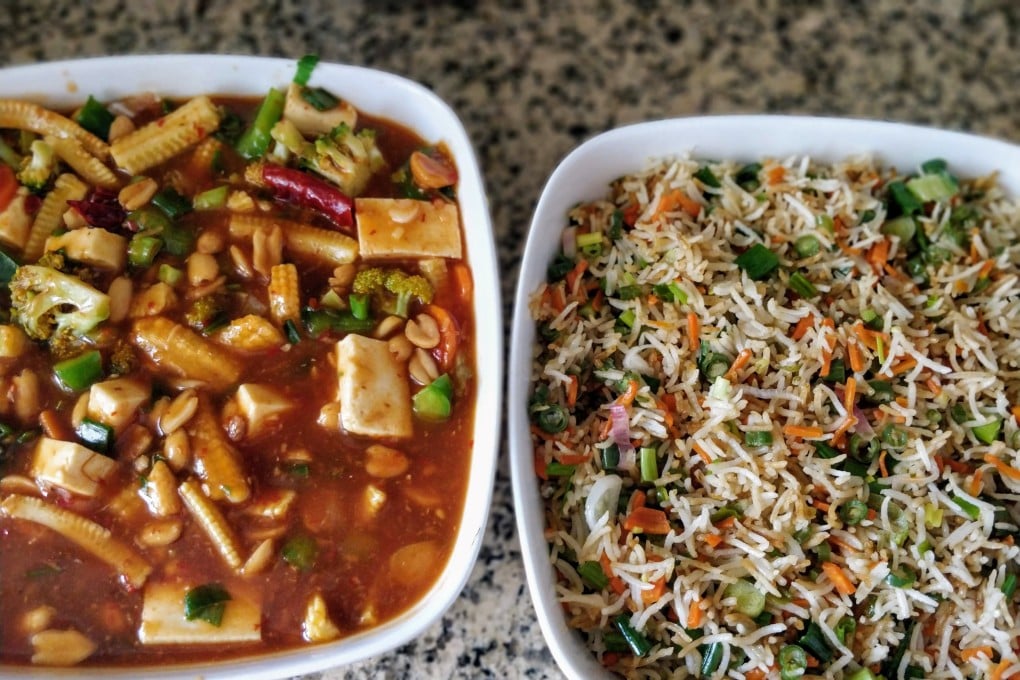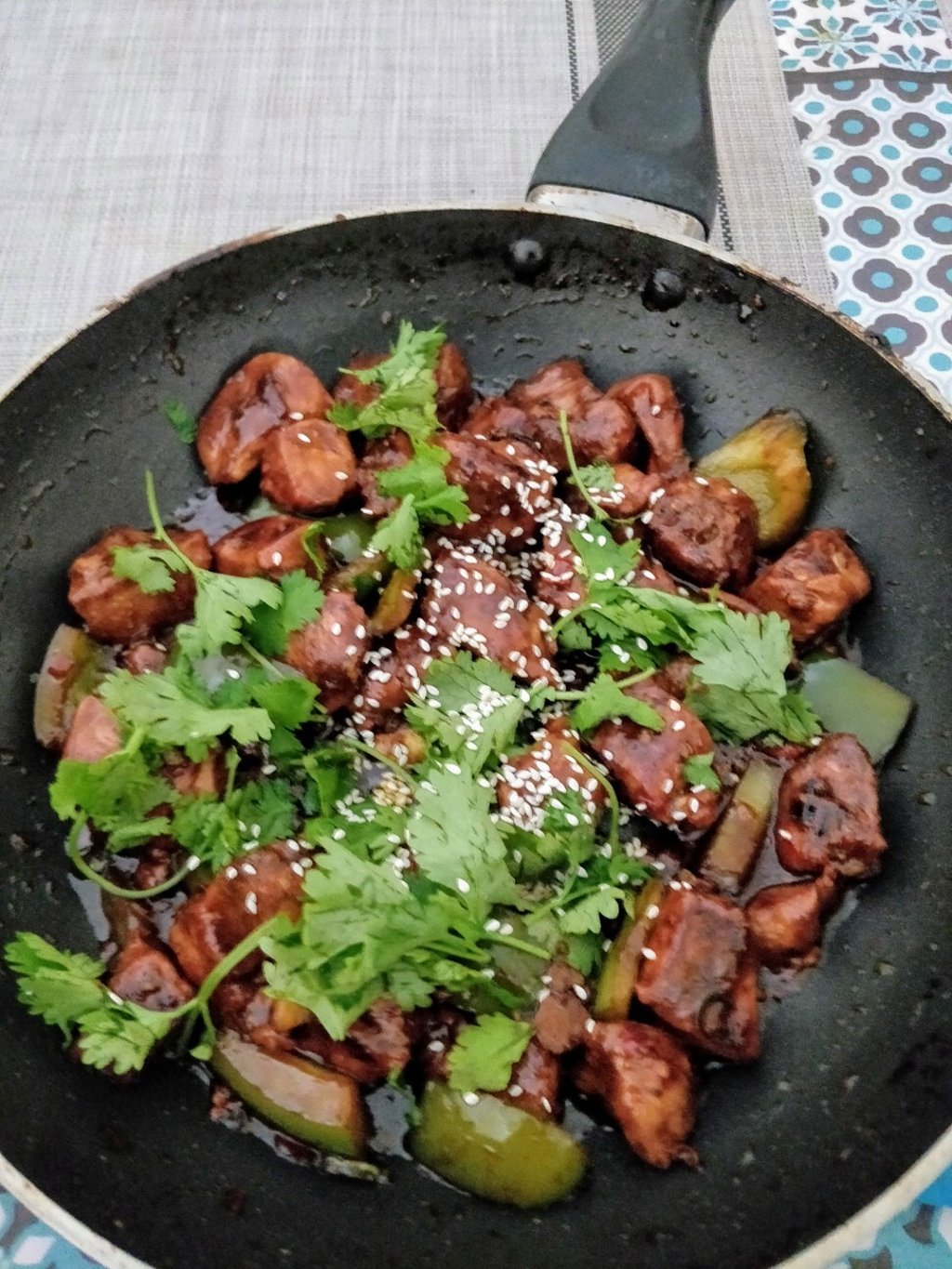Indian-Chinese food: why Indians can’t get enough of this spicy, chilli-laden fusion cuisine – at home or abroad
- ‘Chindian’ food is said to be the most popular ‘foreign’ cuisine in India but bears little resemblance to dishes eaten in mainland China
- A politician’s call to boycott Chinese food following the recent India-China border dispute was met with much laughter online, such is its popularity

If you thought fusion food was not for you, you have probably not tried Indian-Chinese, or Chindian, as it is fondly called.
Growing up in Chennai in South India in the late 1970s, my favourite memories of dining out were meals at O’Papa’s, a small Chinese restaurant in the heart of the city. It had gaudy red interiors and served a piquant mix of Chinese and Indian flavours, with dishes such as spicy gobi manchurian, or vegetable fried rice and sweetcorn vegetable soup.

Indian-Chinese is said to be the most popular “foreign” cuisine in this country of 1.3 billion people. Like many great culinary traditions, this started with migration and adaptation. In 1778, the first recorded Chinese person came to live in India: Yang Tai Chow (aka Tong Achew), a Chinese trader, arrived in Kolkata in India’s east in 1778 and set up a sugar mill. He soon brought many of his countrymen – Hakka Chinese – to work at the mill that had been granted rights by the British.
“At one time there were over 20,000 Chinese in Kolkata with a flourishing China Town – dentists, shoemakers, silk traders and [ones] running restaurants,” explains food blogger Indrajit Lahiri. They also set up leather tanneries in Tangra, Kolkata’s second China Town.